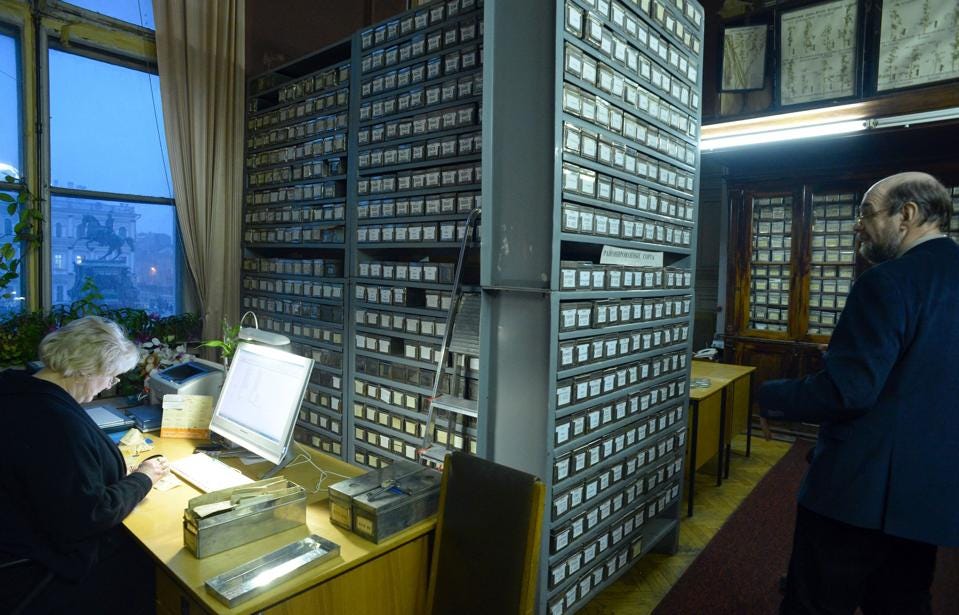The untold true story of Russian botanists at the world’s first seed bank in besieged Leningrad during WW2 who faced a terrible choice.
© by GrrlScientist for Forbes | LinkTr.ee
In the summer of 1941, German troops surrounded the Russian city of Leningrad and thus began the longest siege in recorded human history. As a result of this blockade, at least three-quarters of a million people living in Leningrad perished — five times more than those who died from the Atomic Bombs. Most of them died from starvation.
This story begins with Soviet agronomist Nikolai Vavilov. Ambitious and internationally respected, he arrived in Petrograd in 1921 (soon renamed Leningrad, and now, Saint Petersberg), with a hand picked team of 20 knowledgeable experts to help. Their mission? To set up a seed bank to protect their fellow countrymen from famine. To accomplish that goal, Professor Vavilov and collaborators collected seeds from thousands of wild varieties of crop plants from around the world and preserved them in the hope that these seeds might contain beneficial genetic traits and types of resistance.
As the decline and loss of natural habitats accelerated worldwide where these crop plants grew, Vavilov and collaborators felt a growing urgency to collect and conserve as many seeds…
Learn more about The Forbidden Garden Of Leningrad By Simon Parkin — Review
